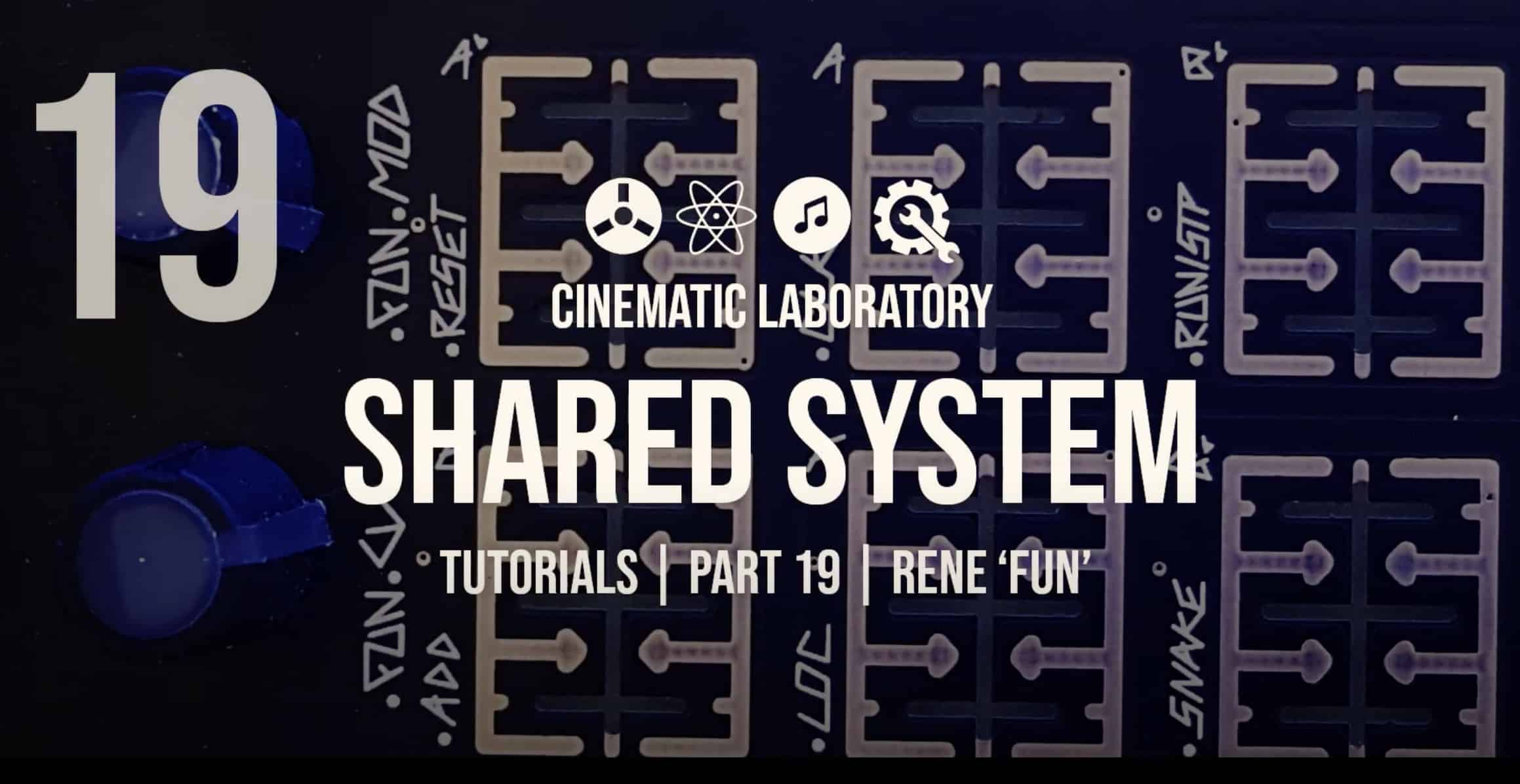Cello Technique: String Crossing
Thanks for watching our video on string crossings! It can be a pretty frustrating part of playing the cello that you have to change strings you are playing; starting a whole new engine practically.
This is why it is so common to experience unintended sounds and just all the gnarly effects of poor coordination. In this video we hope to make clearer how to approach different strings.
The first thing to break down is what is actually happening when you bow a cello string. Rosined hairs on the bow pull the string not at the center, but off to the end in a continuous fashion.
The string vibrates back and forth, and also sends visible energy up and down the length of the string.
Starting and stopping this process requires being sensitive to this continual vibration, and changing strings not only requires sensitivity to a change in string thickness, but also bow arm angle, because the bridge is curved all the strings are played at different angles.
One technique discussed in the video for opening up the arm to change angles is to think about the motion of rowing a boat, where your arm would not only go up or down but out and in.
Conceiving of it this way helps make it more fluid and relaxed to change strings.
As discussed in many other videos, including our first, you get a lot more out of playing cello by finding relaxed ways to play, compared to muscling it.
Not only is muscling it going to ruin your stamina for playing, and also possibly injure yourself, but it won’t sound as good either. Remember picturing the way the string vibrates?
A lot of the work is done for us by momentum. Once the string is started, it is more about keeping the momentum of the vibration going.
So this means that we want to a) be able to quickly get the string to a state of open vibration with our bow strokes and b) don’t want bow changes or string crossings to be done in an unintuitive way that breaks the physical flow of the vibrating string.
Additionally, two things that are crucially important about bow control are contact point (where on the length of the string are you playing) and bow placement (where along the length of the bow are you playing).
Given the curvature of the bow, not all sections of the bow are created equal. If you are playing too close to the frog (where the hand is) or too close to the tip, you may struggle to get the sound you are looking for, even if everything else is in place.
Similarly, being haphazard about contact point is a recipe for disaster, because that is not going to be an organic way to keep the string vibrating well. This inconsistency is what causes the sound errors you hear when struggling with this.
Every bow stroke, and every possible bowing, all have their own specific nuance of bow angle, hand position, and finger activation to make sound right.
So getting good bow control or developing clean string crossings are more than just one simple fix. It requires drilling some different bowing options, both separate and slurred, and on all the strings, in order to develop muscle memory for all of the different possibilities.
One great place to start is simply with two or three octave scales. Try to be clean and precise, while being relaxed. And remember, don’t stress yourself, just keep working and it will come.
Thanks again for watching! We’ve been making cello lesson videos for a few months now, and there are over a dozen lessons to help you learn this wonderful instrument.
It can be challenging, but a most helpful and rewarding experience. Justin Lepard is your cello teacher. He is an accomplished cellist in LA, playing with a wide variety of musical groups and having solos in many films including Togo on Disney+ and The Invisible Man.
Whatever problems you encounter, with posture, fingerings, intonation, bowings, repertoire, and more, we have or will have the video to help you on your journey. Be sure to subscribe for all our cello lessons.
For more on Justin, visit www.JustinLepard.com or The Vagabond Cellist on YouTube.










